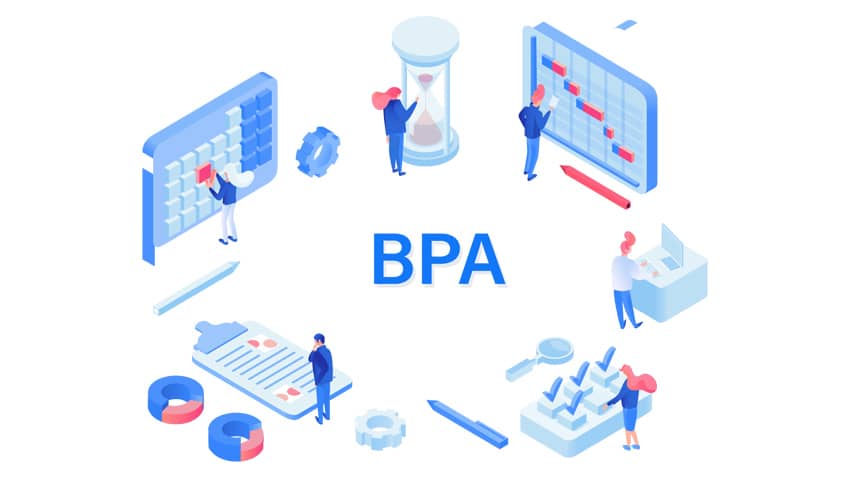Many businesses today rely on multiple SaaS software systems to manage their operations, such as accounting, inventory, customer relationship management, and so on. However, these systems often operate in silos, meaning they do not communicate or share data with each other. This can lead to inefficiencies, errors, and missed opportunities. That is why integrating software systems is a smart strategy that can bring many benefits to your organization.
What is software integration?
Software integration is the process of connecting different software systems so that they can exchange data and functionality. For example, you can integrate your accounting system with your inventory system, so that when you make a sale, the inventory is automatically updated, and the invoice is generated. Or you can integrate your customer relationship management system with your email marketing system, so that you can send personalized messages to your leads and customers based on their preferences and behavior.
What are the benefits of software integration?
Software integration can help you achieve the following benefits:
– Improved efficiency: By automating data flows and processes across systems, you can reduce manual work, eliminate errors, and save time. For example, you can avoid double-entry of data, reconcile data discrepancies, and streamline workflows.
– Enhanced visibility: By consolidating data from different sources into a single platform, you can gain a holistic view of your business performance and make better decisions. For example, you can monitor key metrics, identify trends and patterns, and generate reports and dashboards.
– Increased agility: By enabling seamless communication and collaboration between systems, you can respond faster to changing customer needs and market conditions. For example, you can launch new products or services, adjust pricing or promotions, and optimize marketing campaigns.
– Higher customer satisfaction: By delivering consistent and personalized experiences across channels, you can improve customer loyalty and retention. For example, you can provide accurate and timely information, offer relevant recommendations and offers, and resolve issues quickly.
How to integrate software systems?
There are different methods and tools for integrating software systems, depending on your needs and budget. Some of the common options are:
– Application programming interfaces (APIs): APIs are sets of rules and protocols that allow systems to communicate with each other. APIs are widely used for integrating web-based applications, such as cloud services or social media platforms.
– Enterprise service bus (ESB): ESB is a middleware solution that acts as a central hub for connecting different systems. ESB handles the routing, transformation, and orchestration of data and messages between systems.
– Custom integration: Custom integration involves developing custom code or scripts to connect specific systems. Custom integration is usually done when there are no existing APIs or ESBs available or suitable for your needs.
– No code/low code integration: Oftentimes, advanced SaaS providers like Laserfiche offer document and records management integrations with popular software that are out-of-the-box integrations or that require a minimal amount of coding to connect with different software for information exchange.
Conclusion
Integrating software systems is a valuable investment that can help you optimize your business processes, enhance your data quality and accessibility, increase your operational flexibility and scalability, and improve your customer satisfaction and loyalty. To achieve successful software integration, you need to plan carefully, choose the right method and tool, test thoroughly, and monitor continuously.
Feel free to reach out to us to better understand how you can make Laserfiche the backbone of your mission critical line-of-business applications. Integrating Laserfiche software enables your organization to leverage our powerful process automation and content management tools at scale. Enterprise data integration tools break down data silos, consolidate unequal data, and create a unified data set that’s persistent and accessible across the organization. With centralized access to data, employees can make more accurate decisions and spend less time preparing and analyzing data. Laserfiche offers multiple integration tools to fit your specific use-case.





